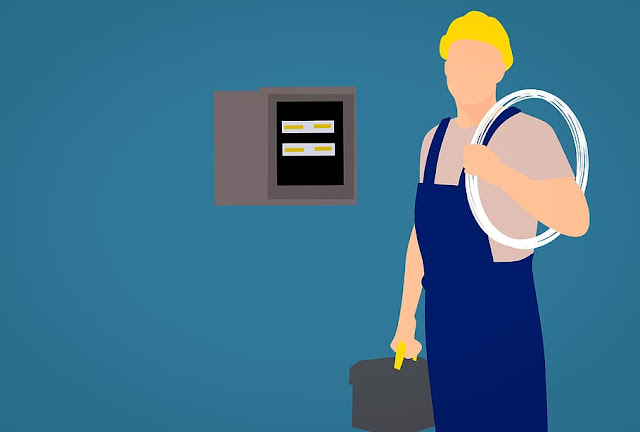What Is Overmolding And Why Is It Important?

Overmolding is done through a process of injection molding in which two or more different materials are used to combine wires and make them into a singular component. To better understanding overmolding , it’s important to have a thorough understanding of how it works. 1. The cable assembly is placed inside a mold 2. Molten plastic material is poured into the cavity of the mold 3. Once cooled, the plastic material solidifies into the shape of the mold and covers the junction point between the wire and its connector The Many Benefits Of Overmolded Cable So, why do people go through the trouble of combining wires into single components? The biggest advantage of doing so is increasing the longevity and reliability of cables and their components. · Better Flexibility With overmolding, the flexibility at the cable exit is strengthened. You might subject the cable to more pulling and strain near its connector, and with the help overmolding, there





